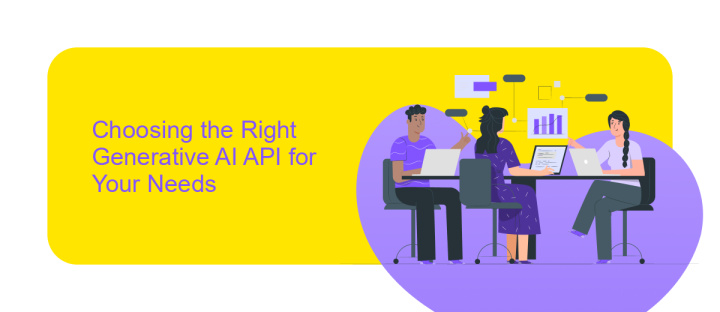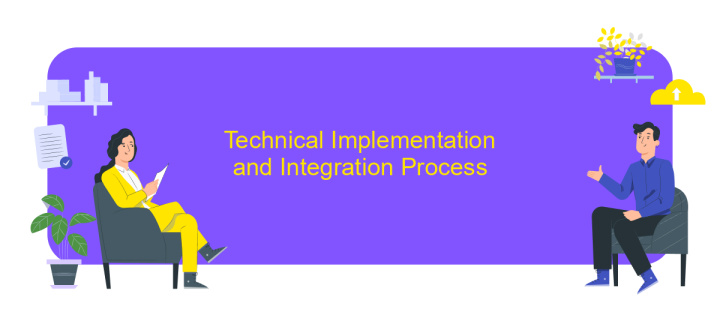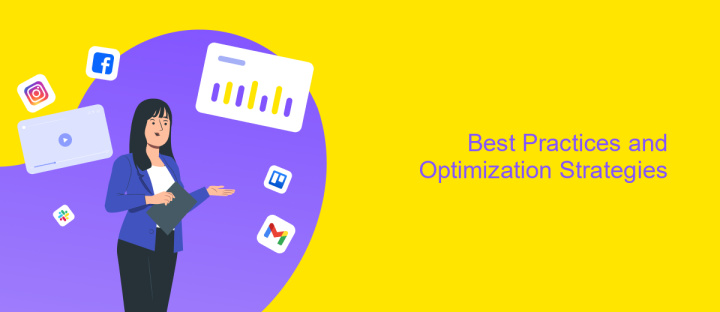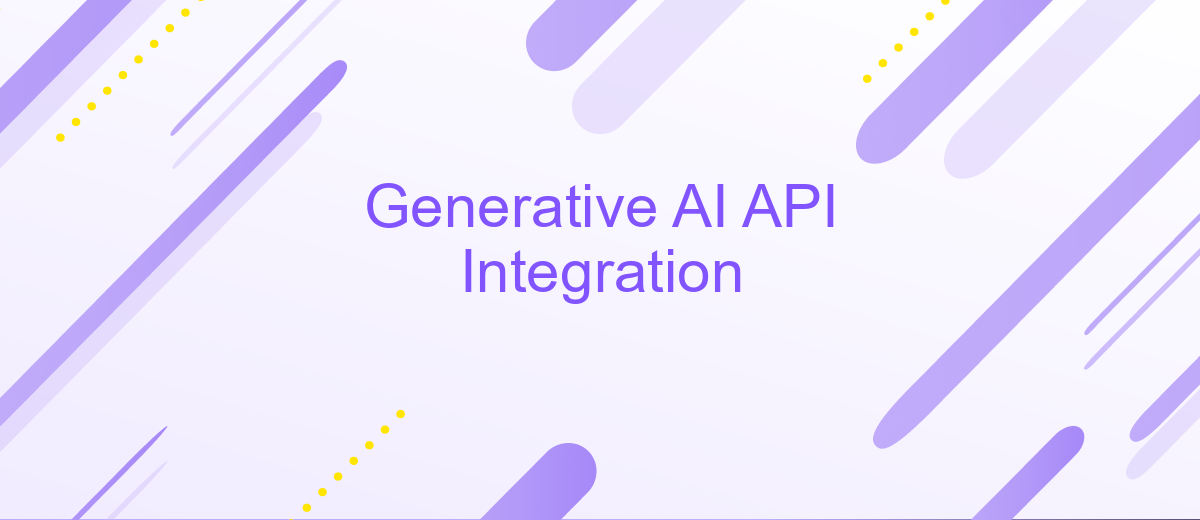Generative AI API Integration
Integrating Generative AI APIs into modern applications opens up a world of possibilities for innovation and efficiency. By leveraging these advanced technologies, businesses can automate content creation, enhance user experiences, and streamline complex processes. This article explores the transformative potential of Generative AI API integration, highlighting key benefits, challenges, and practical applications across various industries, paving the way for a smarter digital future.
Introduction to Generative AI and APIs
Generative AI represents a transformative leap in artificial intelligence, enabling machines to create content that is indistinguishable from human-made outputs. This technology leverages deep learning models to generate text, images, music, and more, opening new horizons in creativity and automation. As businesses and developers look to harness the power of generative AI, integrating these capabilities through APIs becomes increasingly vital. APIs, or Application Programming Interfaces, serve as bridges that facilitate seamless interaction between different software applications, making advanced AI functionalities accessible and scalable.
- Generative AI can produce high-quality content rapidly.
- APIs simplify the integration of AI capabilities into existing systems.
- Combining generative AI with APIs enhances user experience and operational efficiency.
The synergy between generative AI and APIs is reshaping industries by providing innovative solutions that were previously unimaginable. From personalized marketing content to automated design processes, the combination of these technologies empowers organizations to stay competitive and meet evolving customer demands. As the landscape of AI continues to evolve, the role of APIs in facilitating the adoption and integration of generative AI will only grow, driving further advancements and applications across various sectors.
Choosing the Right Generative AI API for Your Needs

When selecting a generative AI API, it's crucial to evaluate your specific needs and objectives. Consider the type of content you aim to generate—whether it's text, images, or audio—and ensure the API supports that modality. Analyze the API's capabilities, such as language support, creativity level, and customization options. Additionally, assess the API's ease of integration with your existing systems and workflows. A user-friendly interface and comprehensive documentation can significantly streamline the integration process, saving time and resources.
Cost is another vital factor; compare pricing models to find an API that fits your budget while providing the necessary features. If seamless integration is a priority, consider utilizing services like ApiX-Drive. This platform facilitates the connection between different applications and APIs, allowing you to automate workflows without extensive coding knowledge. By carefully weighing these factors, you can choose a generative AI API that aligns with your goals and enhances your project's success.
Technical Implementation and Integration Process

The integration of Generative AI APIs into existing systems involves a strategic approach to ensure seamless functionality and enhanced user experience. Initially, it's crucial to identify the specific AI capabilities required and select an API that aligns with these needs. This sets the foundation for a successful implementation.
- Begin by obtaining API access credentials and reviewing the API documentation thoroughly.
- Set up a secure environment for API interaction, ensuring compliance with data protection standards.
- Develop a plan for integrating API endpoints into your application, focusing on data flow and functionality.
- Implement error handling and logging to monitor and resolve issues efficiently.
- Conduct thorough testing to validate the integration, focusing on performance and scalability.
Upon successful integration, continuous monitoring is essential to maintain optimal performance and address any new challenges. Regular updates and improvements to the API or your application may be necessary to keep up with technological advancements. By following these steps, organizations can harness the power of Generative AI to drive innovation and efficiency in their operations.
Best Practices and Optimization Strategies

When integrating Generative AI APIs, it's crucial to establish a robust framework that aligns with your application's objectives. Begin by thoroughly understanding the API's capabilities and limitations to ensure it meets your specific needs. This foundational knowledge will guide your integration process, helping you make informed decisions about how to best utilize the technology.
Effective optimization is key to maximizing the performance of Generative AI APIs. Monitor the API's performance metrics regularly to identify areas for improvement. This proactive approach helps in maintaining efficiency and reliability, ensuring your application runs smoothly and meets user expectations.
- Leverage caching mechanisms to reduce latency and improve response times.
- Implement error handling strategies to manage API failures gracefully.
- Regularly update your API version to access new features and improvements.
- Utilize rate limiting to prevent overuse and potential throttling by the API provider.
By adhering to these best practices, you can optimize the integration of Generative AI APIs, ensuring a seamless user experience. Continuous monitoring and adaptation are essential to keep up with evolving technology and maintain a competitive edge in your application development.
Real-World Applications and Future Trends
Generative AI APIs are revolutionizing various industries by enabling innovative applications that were previously unimaginable. In the realm of customer service, AI-driven chatbots and virtual assistants are enhancing user interactions, providing real-time support, and personalizing customer experiences. In the creative sector, generative AI is being used to produce unique content, from music and art to writing, thereby transforming how creators work and engage with audiences. Additionally, in healthcare, AI is aiding in the analysis of medical data, improving diagnostics, and personalizing treatment plans.
Looking ahead, the integration of generative AI APIs is poised to become even more seamless and accessible. Platforms like ApiX-Drive are simplifying the process, allowing businesses to connect AI capabilities with existing systems effortlessly. This trend is expected to accelerate as more companies recognize the value of AI in driving efficiency and innovation. Future developments may include more advanced natural language processing, enhanced image and video generation, and increased automation in various sectors, paving the way for a more AI-driven world.
FAQ
What is Generative AI API Integration?
How can I integrate a Generative AI API into my application?
What are the benefits of using Generative AI APIs?
How do I ensure data security when using Generative AI APIs?
What tools can assist with automating and managing API integrations?
Do you want to achieve your goals in business, career and life faster and better? Do it with ApiX-Drive – a tool that will remove a significant part of the routine from workflows and free up additional time to achieve your goals. Test the capabilities of Apix-Drive for free – see for yourself the effectiveness of the tool.

